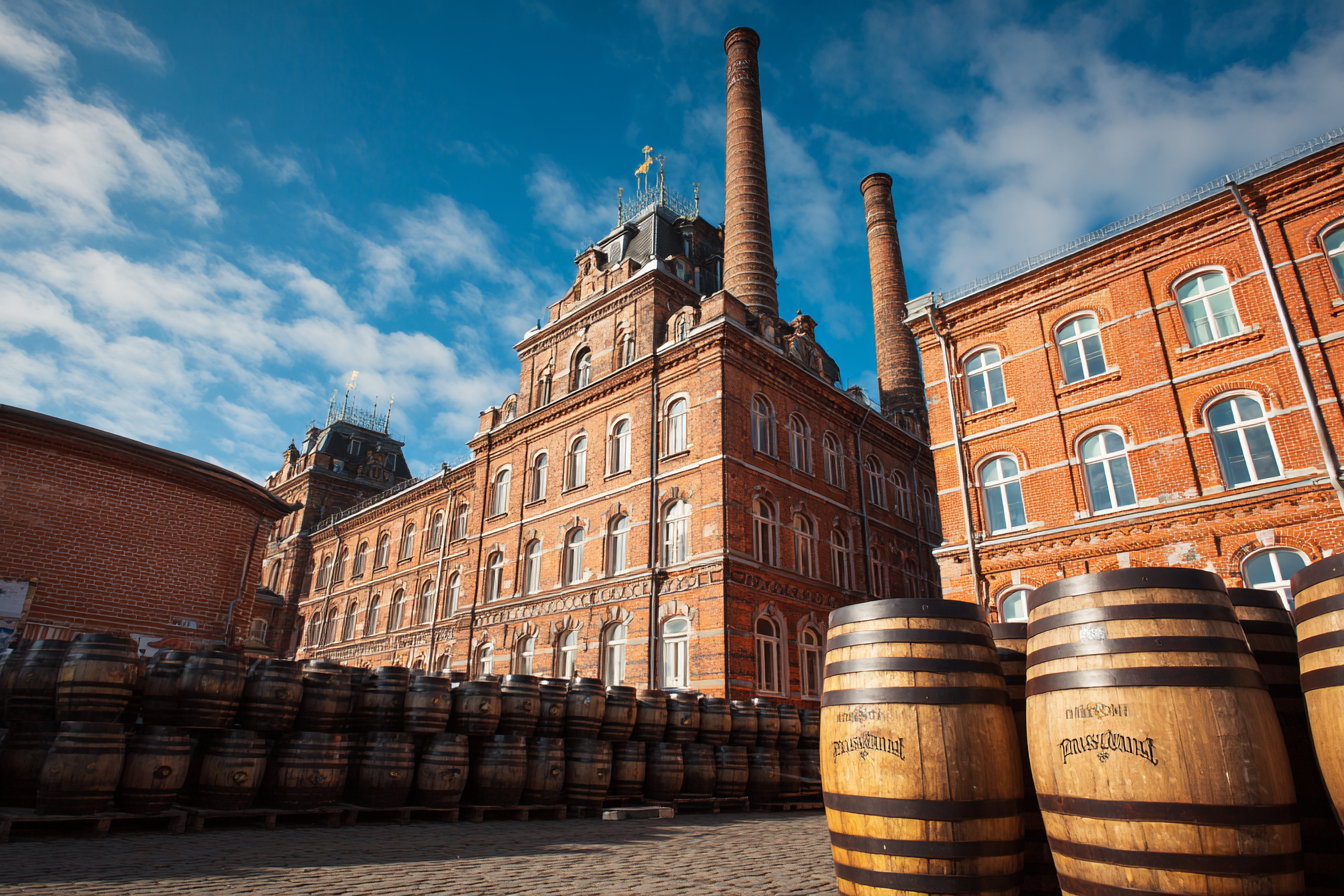The Czech Republic is renowned worldwide for its brewing tradition, particularly the iconic Czech Pilsner style. This golden, crisp, and refreshing beer traces its roots back to the city of Plzeň, where the very first Pilsner was crafted. Exploring the Czech Pilsner breweries offers not only a taste of history but also an insight into the craftsmanship and culture that have kept this beer style alive for over 175 years. Whether you’re a beer lover, a history enthusiast, or simply curious, a dive into these breweries promises an unforgettable experience.
Introduction to Major Czech Pilsner Breweries
Czech Pilsner breweries form the backbone of the country’s beer culture. These establishments, ranging from historic giants to modern craft innovators, each contribute to the legacy of this beloved beer style. At the heart of the scene is the original Pilsner Urquell Brewery in Plzeň, which set the standard for what a Pilsner should be. Alongside it, several other notable breweries produce their own versions of Czech Pilsner, maintaining quality and tradition across the nation.
These breweries uphold time-honored techniques such as using soft water from local sources, special Saaz hops, Moravian barley malt, and underground lagering cellars to create beers with a unique character. Visiting these breweries allows enthusiasts to appreciate not just the final product but the painstaking methods and passion involved throughout the brewing process.
History and Significance of Pilsner Urquell
Pilsner Urquell is the beer that started it all. Founded in 1842 in the city of Plzeň (Pilsen), the brewery revolutionized beer with the introduction of a pale lager that combined clarity, flavor, and drinkability. Back then, beers were often cloudy and dark, but Pilsner Urquell’s golden beer shone brightly both in color and reputation.
Brewer Josef Groll, a Bavarian master brewer, crafted the first batch by using pale malt rather than the traditional darker malts, along with soft water and noble Saaz hops. The result was a beer with a delicate balance of sweetness and bitterness, an irresistible aroma, and a bright golden hue. This style soon became the blueprint for Pilsners worldwide, influencing breweries far beyond Czech borders.
Today, Pilsner Urquell remains one of the most respected breweries globally. It continues to brew with the original lagering techniques, including fermentation in oak barrels and cold storage in historic cellars beneath the brewery. The company emphasizes maintaining the authentic taste while also innovating where appropriate to meet contemporary standards.
Other Notable Breweries Producing Czech Pilsner
While Pilsner Urquell is the crown jewel, several other Czech breweries have earned acclaim for their Pilsner-style offerings, each bringing their own nuances to the classic recipe.
- Gambrinus Brewery (Plzeňský Prazdroj) – Also located in Plzeň, this brewery produces Gambrinus, a widely popular Czech Lager that embodies the crispness of the Pilsner style and is a staple in Czech beer culture.
- Staropramen Brewery – Based in Prague, Staropramen crafts a Pilsner that respects traditional methods while incorporating slightly different hop blends for a modern twist.
- Kozel Brewery – Located in Velké Popovice, Kozel is known for its smooth and slightly sweeter Pilsner variants, standing as a testament to versatile brewing within the Pilsner category.
- Bernard Brewery – A craft-oriented brewery producing authentic Czech Pilsners with a focus on natural ingredients, unpasteurized and unfiltered beers that offer fuller flavor profiles.
These breweries, among others, help keep the Czech Pilsner style vibrant and accessible, offering visitors and locals alike a rich tapestry of flavors to explore.
Brewery Tours and Visitor Experiences
For those eager to immerse themselves in the world of Czech Pilsner, brewery tours offer an unforgettable and educational experience. Most major breweries provide guided tours that walk visitors through the entire brewing process—from malt milling and mash tuns to fermentation tanks and bottling lines.
The Pilsner Urquell Brewery, for instance, is famed for its extensive tours that include a walk through the original 19th-century cellars cool beneath the brewery, tastings straight from wooden casks, and stories from knowledgeable guides about the brewery’s history and brewing techniques. These experiences bring to life the rich tradition and meticulous craft behind every pint.
Other breweries like Staropramen and Bernard also offer interactive tours with food pairings, brewing workshops, and taproom visits. These activities provide a unique chance to sample fresh Pilsner variants and develop a deeper appreciation for the beer’s sensory qualities.
Craft Breweries Inspired by Traditional Methods
Alongside the historic breweries, the Czech craft beer movement has embraced the Pilsner style with passion and creativity. Modern craft brewers often take inspiration from traditional Czech brewing but add a contemporary flair, experimenting subtly with hop varieties, malt types, or fermentation processes.
Many craft breweries prioritize organic, locally sourced ingredients and often produce their Pilsners unfiltered or unpasteurized, presenting a more robust flavor profile. Breweries like Matuška, Clock, and Vinohradský pivovar exemplify this trend, crafting beautifully balanced Czech Pilsners that respect tradition while appealing to adventurous palates.
These craftsmen and craftswomen continue to innovate and push the boundaries of what Czech Pilsner can be, ensuring that this classic style remains relevant and exciting in today’s beer landscape.
Protecting and Celebrating the Czech Pilsner Heritage
The Czech Republic’s deep love for its Pilsner heritage is visible in every brewery, pint, and festival celebrating the tradition. Local brewers and cultural organizations work diligently to preserve historical brewing methods, protect regional ingredients like Saaz hops, and educate new generations about the significance of this beer style.
Many breweries also collaborate with tourism boards to promote responsible beer tourism, encouraging visitors to explore the cultural and historical narratives intertwined with each brew. This respect for tradition ensures that Czech Pilsner does not just live in bottles but thrives as a living, evolving legacy.
Visiting Czech Pilsner breweries is more than just tasting outstanding beer – it’s about connecting with a rich history and vibrant culture that honors craftsmanship and community spirit.







